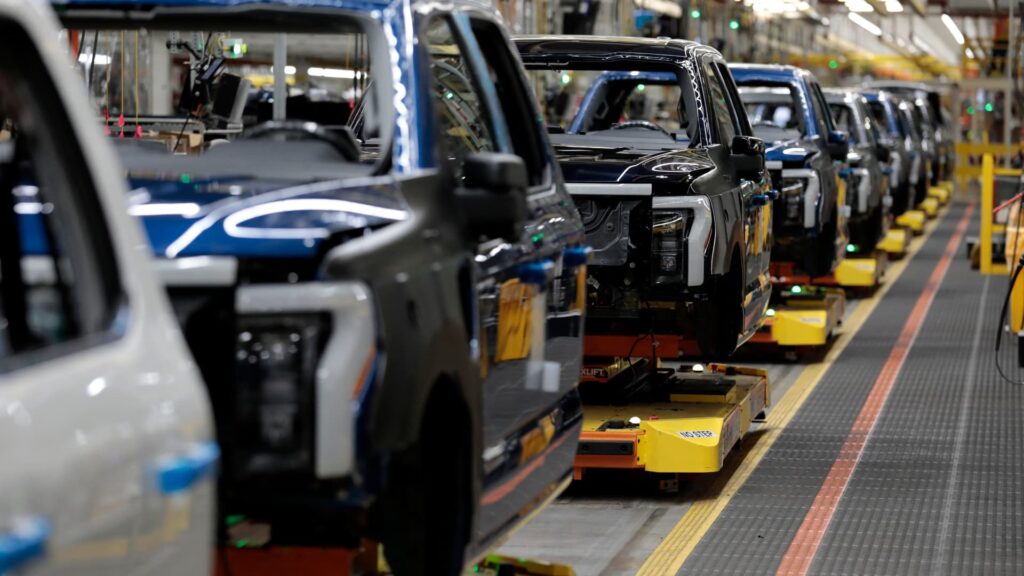
Trump tariffs urge U.S. auto production. Here's why that's complicated
Trump’s Auto Tariffs and U.S. Manufacturing: Why Moving Production Isn’t Simple
As President Trump hints at a potential reprieve from 25% auto tariffs to allow automakers time for U.S. production shifts, industry experts highlight the complex challenges and extended timelines involved in relocating vehicle manufacturing operations.
The Complexity of Auto Manufacturing Relocation
While President Trump’s suggestion of extending time for automakers to increase U.S. production might seem straightforward, automotive executives and industry experts emphasize that relocating manufacturing operations is far from simple. The process involves intricate planning, substantial investment, and numerous logistical challenges that can span several years.
Key Challenges in Manufacturing Relocation
- Upcoming 25% auto parts tariff by May 3
- Extended timeline for plant construction and setup
- Complex permitting and infrastructure requirements
- Need for established supply chains
- Workforce recruitment and training
The Reality of Plant Construction
Building a new automotive assembly plant is a massive undertaking that requires careful coordination of multiple elements. Industry experts outline a typical timeline:
Plant Construction Timeline
- Permitting: 6-12 months
- Construction: 12-18 months
- Tooling and Production Ramp-up: 12+ months
- Total Timeline: 2.5-4 years minimum
The Hyundai Metaplant Example
The recent Hyundai Metaplant in Georgia serves as a prime example of modern automotive facility development:
Hyundai Metaplant Details
- Investment: $12.6 billion
- Construction Time: 2.5 years
- Production Capacity: 300,000 vehicles annually
- Expected Employment: 8,500 jobs by 2031
Alternative Solutions
While new plant construction presents significant challenges, automakers have other options for increasing U.S. production:
Quick Production Solutions
- Utilizing existing facility capacity
- Increasing production at current plants
- Adding shifts at operational facilities
- Optimizing current manufacturing processes
Economic Impact
Despite the challenges, successful automotive manufacturing expansion can have significant economic benefits. According to the Alliance for Automotive Innovation, each direct job in vehicle manufacturing supports an average of 10.5 additional American jobs, highlighting the potential positive impact of increased domestic production.
Industry Perspective
As the automotive industry faces these challenges, six major U.S. automotive policy groups have united to lobby against the upcoming parts tariffs, emphasizing the need for a more nuanced approach to encouraging domestic production while maintaining industry stability.






